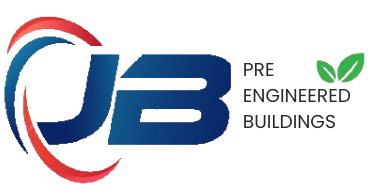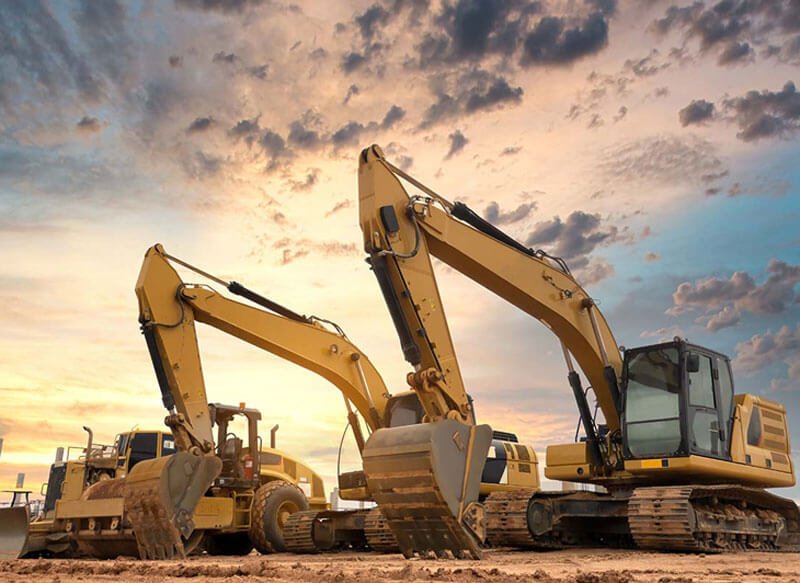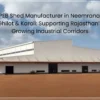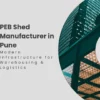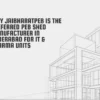Sustainable Construction with PEB Solutions
In an era where environmental responsibility is paramount, Pre-Engineered Buildings (PEBs) are emerging as a cornerstone of sustainable construction. Combining efficiency, durability, and eco-friendliness, PEBs are setting new benchmarks for green infrastructure. Here’s how PEB solutions contribute to a sustainable future:
1. Efficient Use of Resources
- Optimized Design: PEBs are meticulously designed to minimize material waste during production and construction.
- Recyclable Materials: The use of recyclable steel and other eco-friendly components ensures a reduced carbon footprint.
- Lean Manufacturing: Components are pre-fabricated in controlled environments, eliminating on-site waste and optimizing resource usage.
2. Energy-Efficient Structures
- Insulation and Ventilation: Advanced insulation materials and natural ventilation systems reduce energy consumption for heating and cooling.
- Solar Integration: PEBs can seamlessly incorporate solar panels, enabling renewable energy usage and lowering operational costs.
- Energy-Efficient Lighting: Skylights and LED installations enhance energy efficiency while reducing electricity dependency.
3. Reduced Construction Footprint
- Faster Construction: Pre-fabrication and assembly result in shorter construction timelines, minimizing on-site disruptions and environmental impact.
- Lower Emissions: Reduced transportation and on-site machinery usage contribute to lower greenhouse gas emissions.
4. Adaptable and Reusable Design
- Modularity: PEBs can be disassembled, relocated, or expanded, reducing the need for new construction and conserving resources.
- Long Lifespan: High-strength materials ensure durability and reduced need for frequent replacements or renovations.
5. Water Conservation
- Rainwater Harvesting: Many PEB designs incorporate rainwater collection systems to promote sustainable water use.
- Minimal Water Usage: Factory-based fabrication significantly reduces the water consumption typically required for on-site construction.
6. Compliance with Green Building Standards
- PEB solutions often meet or exceed global green building certifications such as LEED, IGBC, and BREEAM, ensuring adherence to environmental best practices.
7. Support for Circular Economy
- Recycling and Reuse: The components of PEBs can be reused or recycled at the end of their lifecycle, supporting a circular economy.
- Low Maintenance Needs: Corrosion-resistant and durable materials reduce the consumption of resources for upkeep.
Applications of Sustainable PEB Solutions
PEBs are versatile and can be employed across industries to support sustainable development:
- Industrial Warehouses: Energy-efficient and durable spaces for storage and logistics.
- Educational Institutions: Green campuses with minimal environmental impact.
- Retail Outlets: Eco-friendly commercial spaces that attract environmentally conscious customers.
- Agricultural Buildings: Sustainable infrastructure for storage, processing, and farming.
Conclusion
Sustainable construction with PEB solutions is not just a trend; it is a necessity for the future of our planet. By adopting PEBs, businesses and communities can embrace eco-friendly practices without compromising on functionality or aesthetics.
At Jai Bharat PEB, we are committed to providing sustainable, high-quality PEB solutions tailored to your needs. Partner with us to build a greener, more resilient tomorrow!
